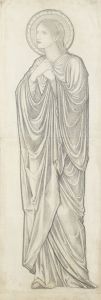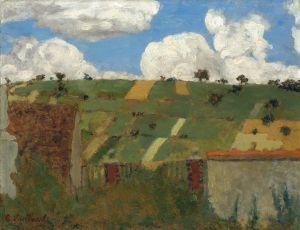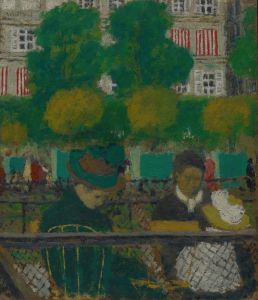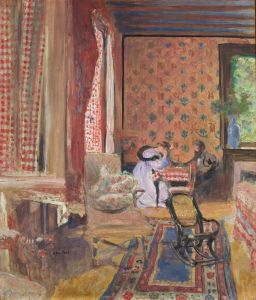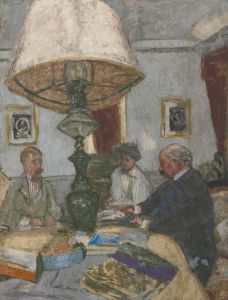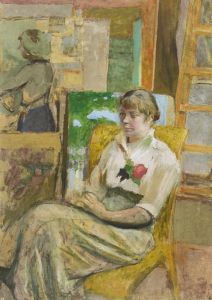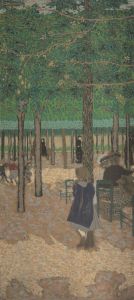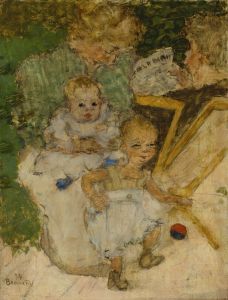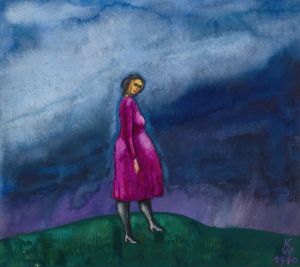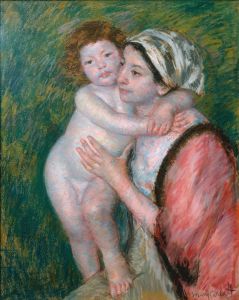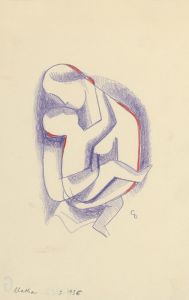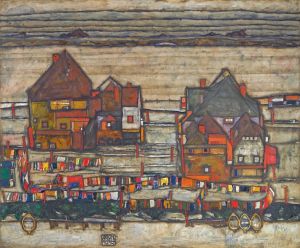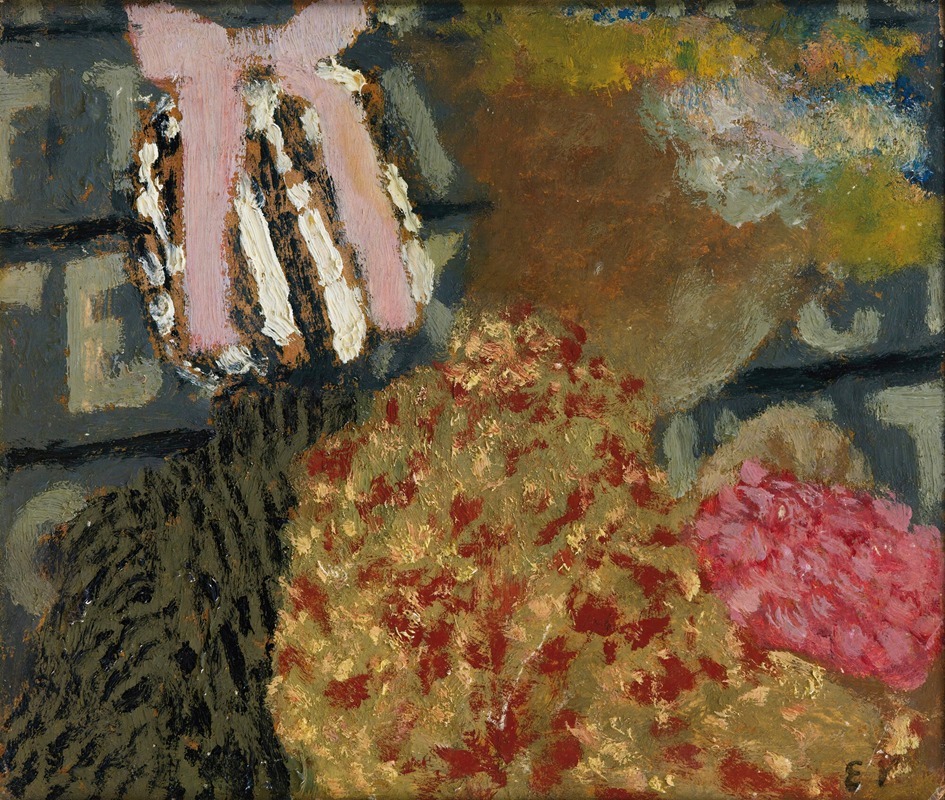
La Nourrice
A hand-painted replica of Édouard Vuillard’s masterpiece La Nourrice, meticulously crafted by professional artists to capture the true essence of the original. Each piece is created with museum-quality canvas and rare mineral pigments, carefully painted by experienced artists with delicate brushstrokes and rich, layered colors to perfectly recreate the texture of the original artwork. Unlike machine-printed reproductions, this hand-painted version brings the painting to life, infused with the artist’s emotions and skill in every stroke. Whether for personal collection or home decoration, it instantly elevates the artistic atmosphere of any space.
Édouard Vuillard, a prominent French painter associated with the Nabi movement, created the painting "La Nourrice" (The Nurse) in the late 19th or early 20th century. Vuillard is renowned for his intimate domestic interiors and his ability to capture the subtleties of everyday life. His work often reflects a deep interest in the interplay of color, pattern, and texture, which is evident in "La Nourrice."
Vuillard was born in 1868 in Cuiseaux, France, and studied at the Académie Julian and the École des Beaux-Arts in Paris. He became a member of the Nabis, a group of avant-garde artists who were influenced by Paul Gauguin and sought to break away from traditional artistic conventions. The Nabis were known for their use of bold colors, flattened forms, and decorative elements, all of which can be seen in Vuillard's work.
"La Nourrice" is a fine example of Vuillard's style during his Nabi period. The painting depicts a domestic scene, a common theme in Vuillard's oeuvre, focusing on the figure of a nursemaid. Vuillard often drew inspiration from his own surroundings, and his mother’s dressmaking business provided a wealth of visual material. This influence is reflected in the detailed patterns and textures that characterize his work.
In "La Nourrice," Vuillard employs a muted color palette, with soft tones that create a sense of warmth and intimacy. The composition is carefully constructed, with the nursemaid positioned in a way that suggests both her role within the household and her personal identity. Vuillard's use of pattern is particularly noteworthy; he integrates the patterns of the wallpaper, clothing, and other elements into a cohesive whole, demonstrating his skill in balancing complexity with harmony.
Vuillard's technique often involved the use of distemper, a type of paint that combines pigment with a binding medium such as glue. This medium allowed him to achieve a matte finish and subtle gradations of color, contributing to the overall atmosphere of the painting. His brushwork is typically delicate and precise, capturing the nuances of light and shadow that give depth to his compositions.
The painting reflects Vuillard's interest in the psychological dimensions of his subjects. While the nursemaid is depicted in a seemingly mundane setting, Vuillard imbues the scene with a sense of introspection and quiet dignity. This focus on the inner life of his subjects is a hallmark of Vuillard's work and aligns with the broader goals of the Nabis, who sought to convey emotion and spirituality through their art.
Vuillard continued to explore similar themes throughout his career, although his style evolved over time. He moved away from the more decorative approach of his early work to embrace a more naturalistic style, but his commitment to capturing the essence of domestic life remained constant.
"La Nourrice" is held in a private collection, and like many of Vuillard's works, it offers a glimpse into the intimate world of its subjects, rendered with sensitivity and a keen eye for detail. Vuillard's legacy as a painter lies in his ability to transform the ordinary into the extraordinary, inviting viewers to appreciate the beauty and complexity of everyday life.





